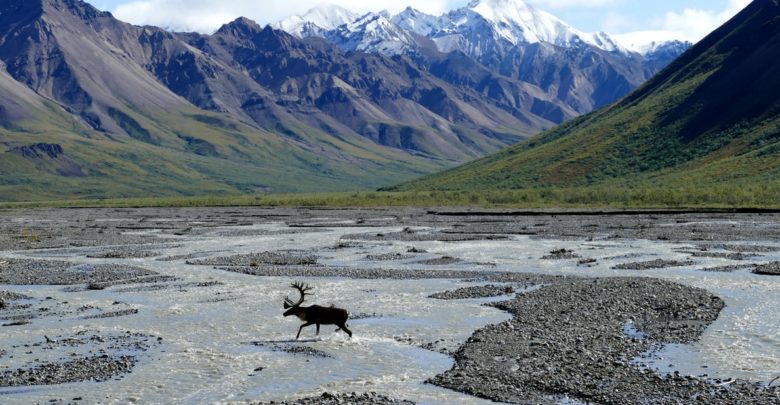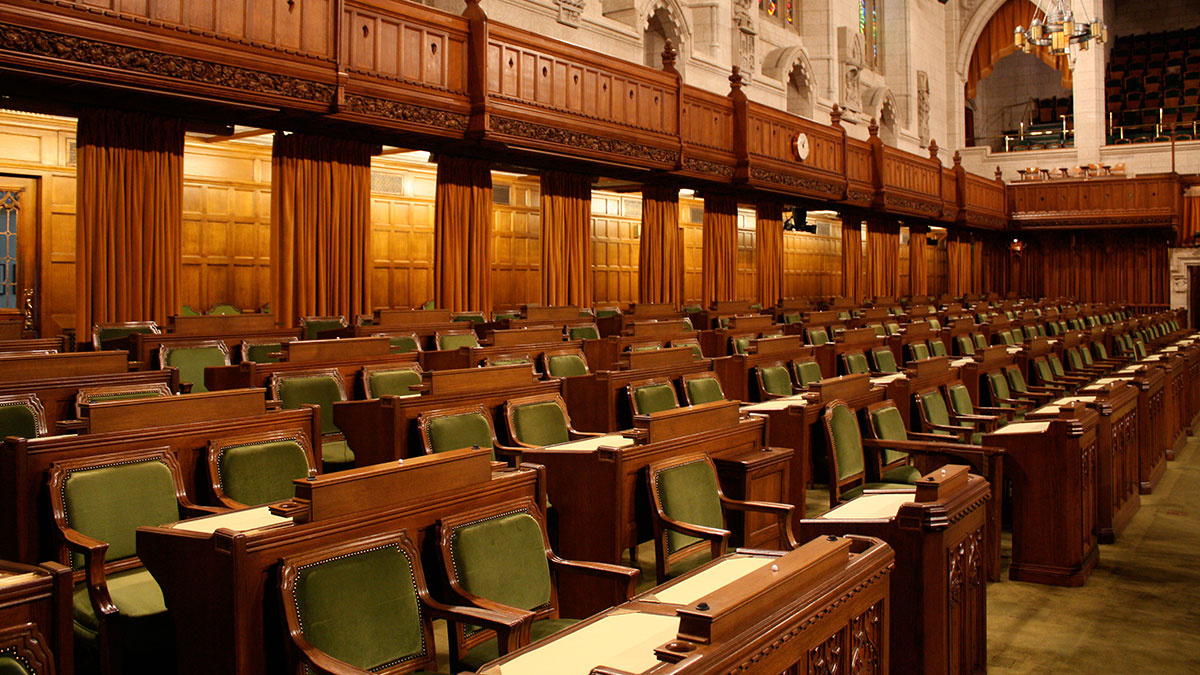 Joris Beugels
Joris BeugelsIf you’re around my age, you might remember watching the 2004 animated Christmas film, The Polar Express.
If you’ve seen it, there’s a scene where the train has to stop its journey due to a herd of hundreds of caribou getting in the way of the railway. It’s with a heavy heart that I say that this very scene no longer has any chance of occurring in Jasper.
In Jasper, the Maligne caribou haven’t been seen since 2018, and have been declared extirpated — meaning locally extinct. Brian Resnick reported two years ago that five of the 22 caribou herds in the Alaska-Canada region have lost more than 90 per cent of their herd size, and worse, don’t appear to be recovering. While attention to this issue has skyrocketed recently, it’s an occurrence that’s been happening for a long time.
The extirpation of caribou means we lose one of the animals that we usually only think of when we watch Christmas movies once a year, but they’re so much more than just that.
Aside from being a festive icon, caribou fill several roles within their ecosystem. As anyone familiar with the food chain will know, any break within it is devastating to the ecosystem on its own. However, caribou are also an indicator species, meaning that when scientists want to check in on the health ecosystem, they look towards caribou.
Indicator species allow scientists to monitor the health of an ecosystem, as well as the health of other species that are more difficult to observe, and can show if food or water has been tainted with contaminated microorganisms. Additionally, these species can warn scientists about environmental shifts nearing the ecosystem, like changes due to climate change.
If that wasn’t enough, they’re an umbrella species too. Their umbrella species status means when caribou habitat is protected, several other species’ homes are protected.
Overall, if an ecosystem is healthy, the caribou will be healthy too. If an ecosystem is struggling, so will the caribou.
If caribou are so important, how did their populations get so low? In Jasper, the Brazeau and Tonquin caribou herds have less than 10 females each, which is less than they need to rebuild their herd. Increases in wolf and elk populations, caused by early park management, also meant the overhunting of caribou by predators. Loss of habitat, as is the case with many other animals, is also a leading cause in this issue.
In an open letter to the Minister of Environment Jonathan Wilkinson, the Alberta Wilderness Association (AWA) calls for an emergency population augmentation program, but is that enough? Population augmentation refers to the practice of deliberate movement and release of animals in order to enrich a population’s viability. In this letter, the AWA pushes for further restriction of the areas that caribou need, and furthering study in these areas to better understand how these areas can be used in recovering the caribou population.
The same emergency population augmentation that the AWA addresses has many times before been unsuccessful. This practice can yield results such as overpopulation of the augmented species in the habitat they were moved to. This can lead to the depletion of natural resources, such as food and shelter, that other natural species to the environment need. It creates an effect very similar to the results of invasive species to an ecosystem, namely the creation of a threat to the natural biodiversity of the area.
If the caribou herds aren’t able to grow themselves, further measures are necessary. Overall, the best solution is captive breeding, which has already been suggested by Parks Canada. This is a measure in which humans involve themselves in the protection and reproduction of species, a practice commonly used in the reintroduction of endangered species into the wild.
Opponents to captive breeding may call it “too invasive,” but the real invasion of humans in the caribou population has been those events leading to this devastating depopulation. It’s been because of human interventions that have led the caribou to this point — shouldn’t human interventions be seen as welcomed to reverse these actions?
Jasper Park has the space and resources to make a captive breeding facility as open and natural as possible, thus minimizing the behavioural effects that are seen by capturing and breeding animals. By starting a captive breeding program in Jasper, eventually we can aim to not only repopulate Jasper’s caribou population, but also to inspire more places with similar resources to start their own captive breeding program. In turn, we can hopefully repopulate at least some of what has been lost.
Not only is the depopulation of caribou a problem in Jasper, but North America as a whole. Ecosystems across the continent will face trouble if we allow the gradual extinction of caribou to continue.
I’d like to show future generations one of my favourite Christmas movies, and not have to explain to them what caribou once were.




